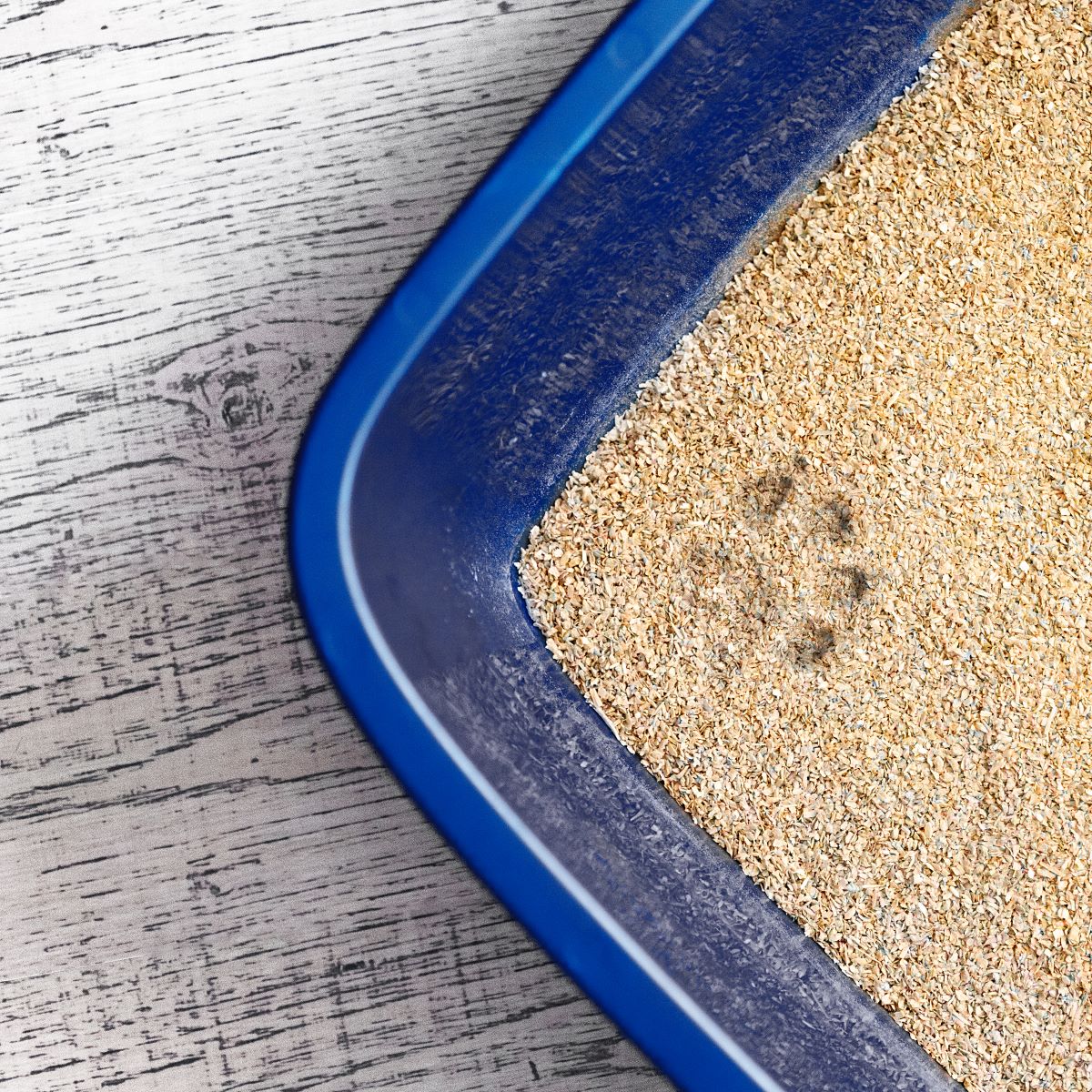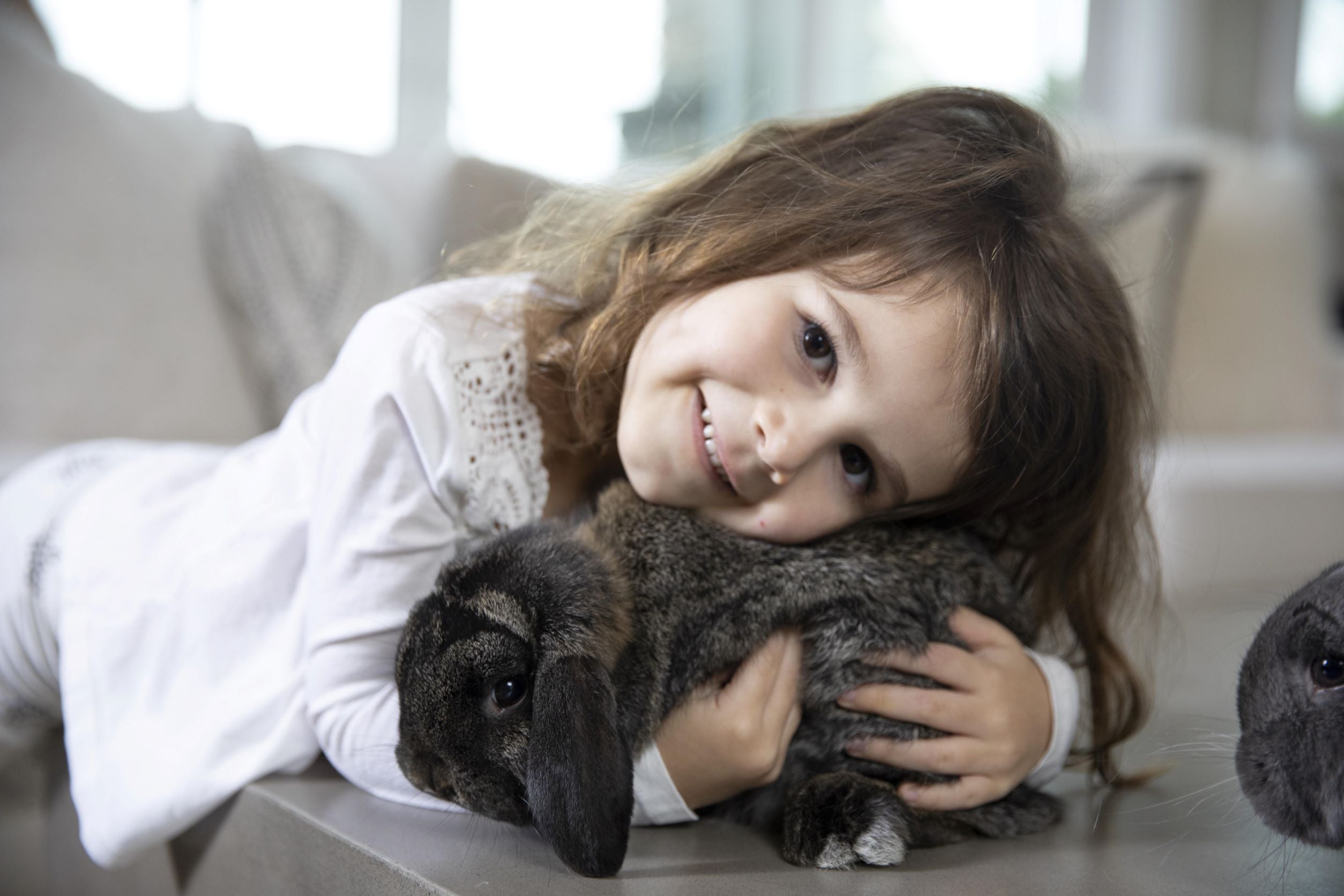
6 Essential Tips for First-Time Dog Owners
Bringing a dog into your life as a pet is a moment of pure joy, but it also includes the responsibility of creating a secure and satisfying space for your new best friend. Dogs are extremely sensitive, yet they also rely on their owners to lead them, be consistent, and take care of their physical and emotional needs.
The experience can be overwhelming for new owners, yet it’s also incredibly rewarding. Every decision you make (be it the way you communicate or the routines you create) shapes your dog’s life and builds your bond. Here are some tips to help simplify the whole process and teach owners the best way to foster trust, resilience, and vitality in their dogs.
Understanding Canine Communication
Dogs use body postures, sounds, and subtle behavioral cues to communicate, and it could be a bit confusing for first-time owners. For instance, wagging of the tail is not always happiness; it can be anxiety or overexcitement depending on position and speed. Ears laid back or a head held low may signal fear, not submission. Similarly, a growling dog when approached close to meals is not being “dominant”; they’re only showing discomfort for someone invading their space. Misreading these signals can cause problems down the road.
This is where dog training comes into play, which is vital for your canine friend and for yourself too. Dog training is not all about a matter of learning commands. It’s about finding a shared language. Professional training, such as owner education and empathy programs, fills the communication gap.
For instance, trainers can help teach pets some discipline and work with owners to make it easier for them to identify stress signals in their dogs, like whale eye or lip-licking. This anticipatory approach reduces anxiety for both owners and dogs and ensures everything runs smoothly and safely.
Structured Routines to Make Dogs Feel Secure
Dogs love routine and consistency. A regular walking, sleeping, and feeding schedule makes a routine that reduces behavioral issues and anxiety. Experts believe dogs with irregular routines are more likely to show destructive behaviors, like chewing and excessive barking. A consistent schedule makes dogs feel safe, particularly during transitions, such as moving home or the arrival of new family members.
It’s also easier to train a dog when you integrate commands into their routines. Short, daily sessions help a lot in reinforcing commands and improving mental engagement. For example, pre-meal “sit” or “wait” exercises can teach self-control to dogs. All these small lessons accumulate over the years and help you have a disciplined and well-behaved dog.
Nutrition as a Cornerstone of Health and Behavior
What a dog eats has a direct impact on their coat health, energy level, and even temperament. First-time owners don’t usually understand that cheap kibble packed with corn or soy can lead to skin allergies, digestive issues, and hyperactivity in dogs. They must prioritize food that offers healthy fats, protein, and adequate nutrients.
It’s also important to understand that adequate nutrition is even more important for puppies. A variety of skeletal abnormalities may result from insufficient calcium or phosphorus levels during growth stages in puppies. New owners must also understand the connection between a dog’s behavior and their diet. For instance, if you notice a dog overeating or behaving like a scavenger, it could be a sign of underlying nutritional imbalance. Consulting a vet may help design the most optimized diet plan considering your dog’s breed, age, and activity levels.
Understanding Preventive Healthcare Guidelines
First time owners should clearly understand that routine vet visits are non-negotiable, but proactive healthcare requires more. Parasite control, dental care, and weight control are frequently underrated.
Periodontal disease affects over 80% of dogs by 3 years of age, with pain and systemic infection if left untreated. Therefore, developing early brushing routines with enzymatic toothpaste can prevent costly procedures in the future. Similarly, obesity is a burgeoning epidemic that sets the stage for arthritis, diabetes, and heart disease in pets. Portion control and avoiding table food often help a lot in this situation.
Behavioral health is just as important. If your dog shows signs like tail-chasing or over-licking, these may be signs of underlying stress. Mental stimulation from scent games, puzzle feeders, and other tools may help remove boredom and related problems. You may need to consult a trainer to help your pet deal with severe anxiety, as they usually need gradual exposure programs to assist them in rebuilding confidence.
Socialization and Environmental Enrichment
Many first-owners make the mistake of thinking socialization is all about exposing your pet to other animals. In reality, it’s vital to expose your dog to various sounds, sights, and experiences in a controlled manner.
Puppies usually have a socialization window between 3 and 14 weeks, but age isn’t a limitation for them to learn to adapt. However, the fact remains that a dog not familiar with loud noises, stairs, or kids might get scared when older. Getting them to gradually see these things (along with some treats) helps them toughen up.
Training also plays a crucial role here. Controlled playdates or group classes are great for teaching dogs appropriate social cues, like reading another dog’s body language to avoid fights. In fact, reactive dogs benefit a lot from these programs as they mimic real-world situations (like crowded parks or cafe patios). Success stories often highlight impressive transformations where formerly nervous dogs learn to walk confidently through overcrowded areas with poise, all thanks to incremental, confidence-building exercises.
Importance of Proper Exercise
Exercise is not simply about getting your dog to move a little, but it’s about keeping them engaged and feeling interested in what’s around them. Proper exercise helps dogs burn off some of that pent-up energy so they don’t end up gnawing your couch.
When deciding on the best exercise routine, consider your dog’s breed first. For instance, high-energy breeds like Border Collies need strenuous daily exercise like agility training sessions, whereas smaller breeds can do well with shorter walks combined with some interactive play at home. You can work with a professional to understand how much exercise your dog needs.
Endnote
Dog ownership is a dynamic partnership that matures with patience and awareness. By learning to communicate better, focusing on your dog’s eating habits, and working with a vet to come up with a proper schedule, first-time owners can manage to build a trusting relationship with their pets. Remember, training is vital and goes a long way in strengthening that bond by providing tools for managing challenges with compassion.











 email us
email us